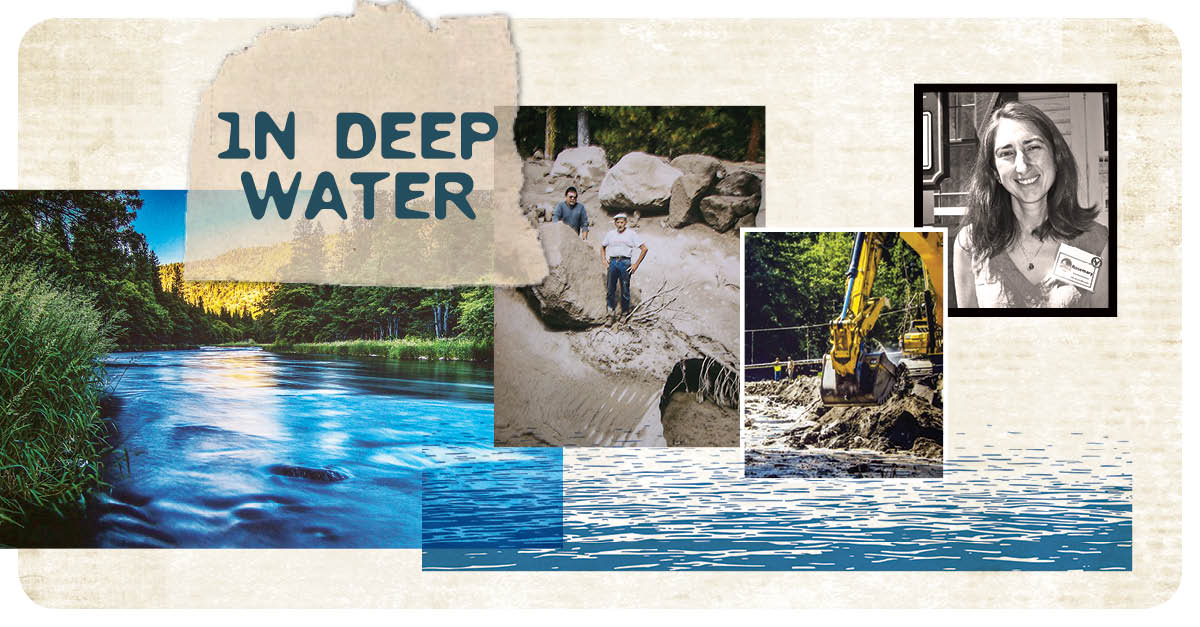In Deep Water
Water is Life Exhibit at Sisson Museum…
Mount Shasta’s Sisson Museum is in the middle of an ambitious three-year exploration of the region’s water. The current “Water Is Life” exhibit, which runs through December 12, tells stories of success and struggle as the various stakeholders of the region grapple with who gets to use, and benefit from, this limited resource.
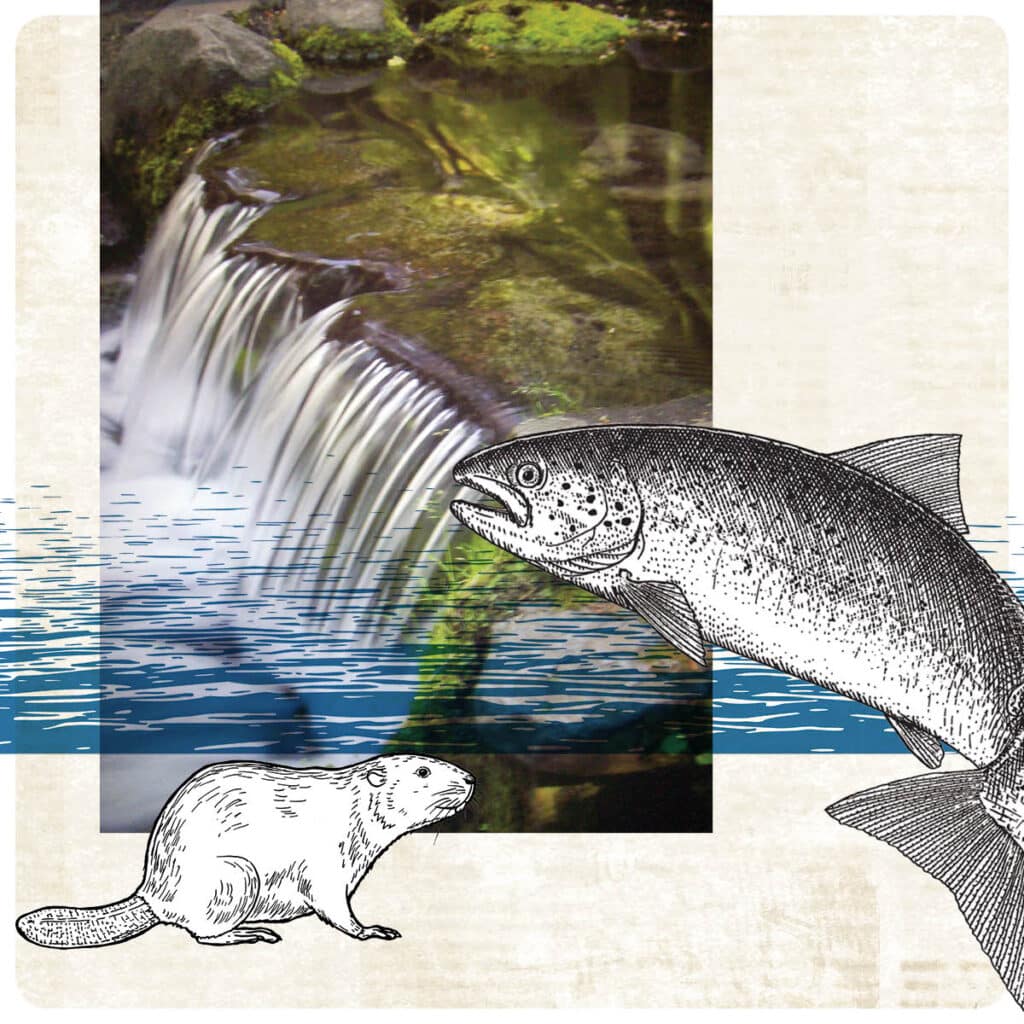
There is, indeed, more demand for water than supply, which has led to the tragedy of decimated populations of fish in the Klamath and Shasta rivers. Over a 60-year period, the population of fall-run Chinook salmon in the Shasta River dropped from 80,000 to just 586, in part due to irrigation diversions to ranch operations.

Then there are the success stories: Efforts by the Scott River Watershed Council in the Scott Valley to restore beaver populations and their dams along the river have boosted underground water tables and reduced irrigation costs for the ranchers along the river. There is also the heartening story, with Mother Nature as the hero, of the recovery of the Upper Sacramento River after the devastating spill of a toxic weed killer in 1991, just upstream from Dunsmuir. Nineteen-thousand gallons of metam sodium spilled in the water from a derailed train, killing virtually every living thing in a 50-mile stretch of the river all the way to Shasta Dam. But it took the river and its fish little more than a decade to bounce back from this near-death experience and become, once again, a world-class fishery.
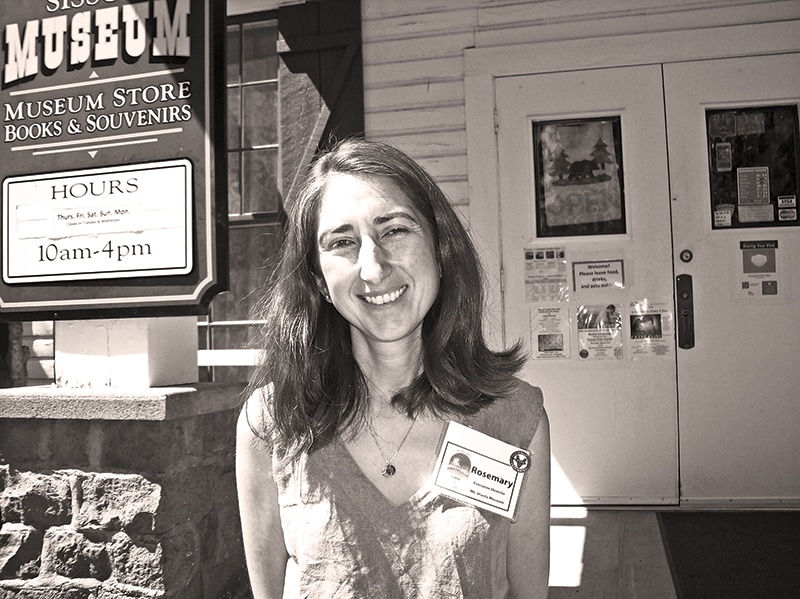
Also spotlighted in the exhibit is the increasing role of Native American tribes in determining how water is allocated, particularly as it benefits the region’s fish populations. The Klamath, Karuk and Yurok tribes have been major players in the push to remove four dams on the Klamath to benefit the river’s dwindling salmon populations. The dams’ removal is expected to start by 2024.
The Winnemem Wintu tribe is promoting the idea of a fish “swimway” up a number of creeks in the McCloud River watershed that would allow salmon to bypass Shasta Dam and enter the McCloud River for the first time in more than 80 years.
To promote awareness of the region’s historic salmon runs, the Winnemem and several other tribes stage an annual “Run4Salmon” that follows the age-old route of the salmon from the McCloud and Upper Sacramento rivers to San Francisco Bay. The trek is done on land and water, with tribe members running, cycling and paddling their way on the 300-mile journey.
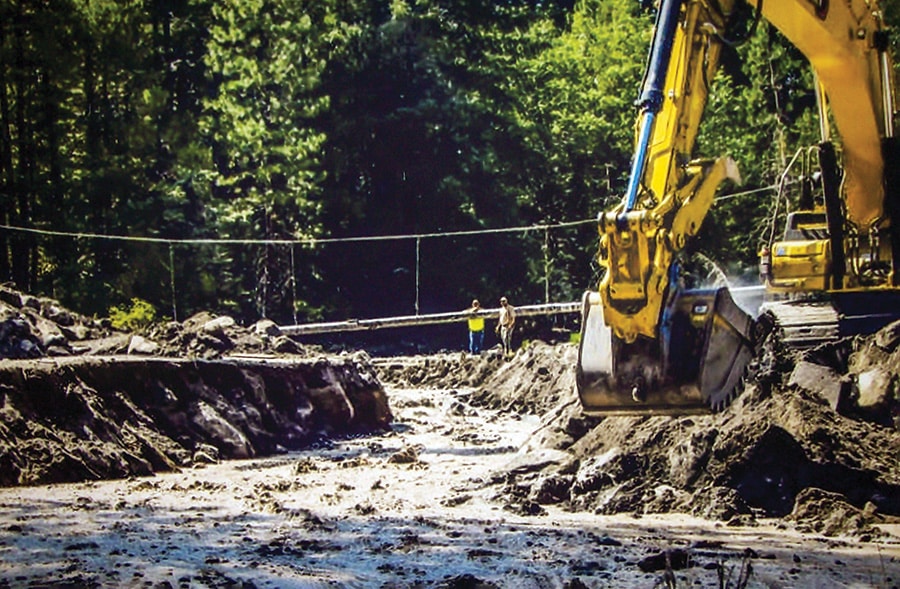
The exhibit also looks at the impact of global warming, which is causing the gradual melting of Mount Shasta’s glaciers. That, in turn, has caused massive mudslides that have threatened to cut off the town of McCloud’s water supply. The exhibit features dramatic photos of rivers of mud cascading down the mountain’s slopes.
On the positive side, we learn from the exhibit that the town of Mount Shasta is mounting its own campaign to curb global warming by encouraging its residents to get out of their fossil fuel-burning vehicles and walk and bike more.
Some parts of the exhibit are interactive. Museum-goers have an opportunity to respond to questions like “who owns water?” with answers pasted on sticky notes. Sample responses: “no one,” “all of us,” “The Simpsons.”
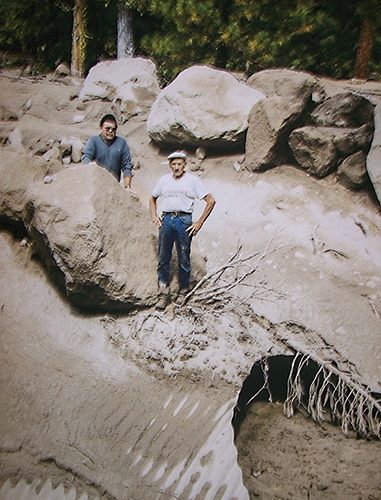
While this exhibit focuses on the present uses and struggles over water, an earlier exhibit in 2021 focused on the past and Native Americans’ reverence and respect for water as a living thing, contrasted with the early European settlers’ view of it more as a commodity. There were also exhibits on early fish hatcheries that were installed as fish populations declined.

Next year’s exhibit, on the future of the region’s water, will run from April to December and look at the impact of the removal of the Klamath’s dams, the management of groundwater supplies and a series of “storytelling events” that will feature a wide variety of stakeholders talking about their relationship to water and include ranchers, farmers, Native Americans, river rafters and city users.
“Water has been overpromised, and if we continue as we have, there won’t be enough to go around,” notes the museum’s executive director, Rosemary Romero. “At our museum, we want people to talk and learn from each other and work together to figure this out.” •
Sisson Museum • 1 North Old Stage Road, Mount Shasta
Hours: Thursday through Monday, 10am to 4pm • (530) 926-5508

